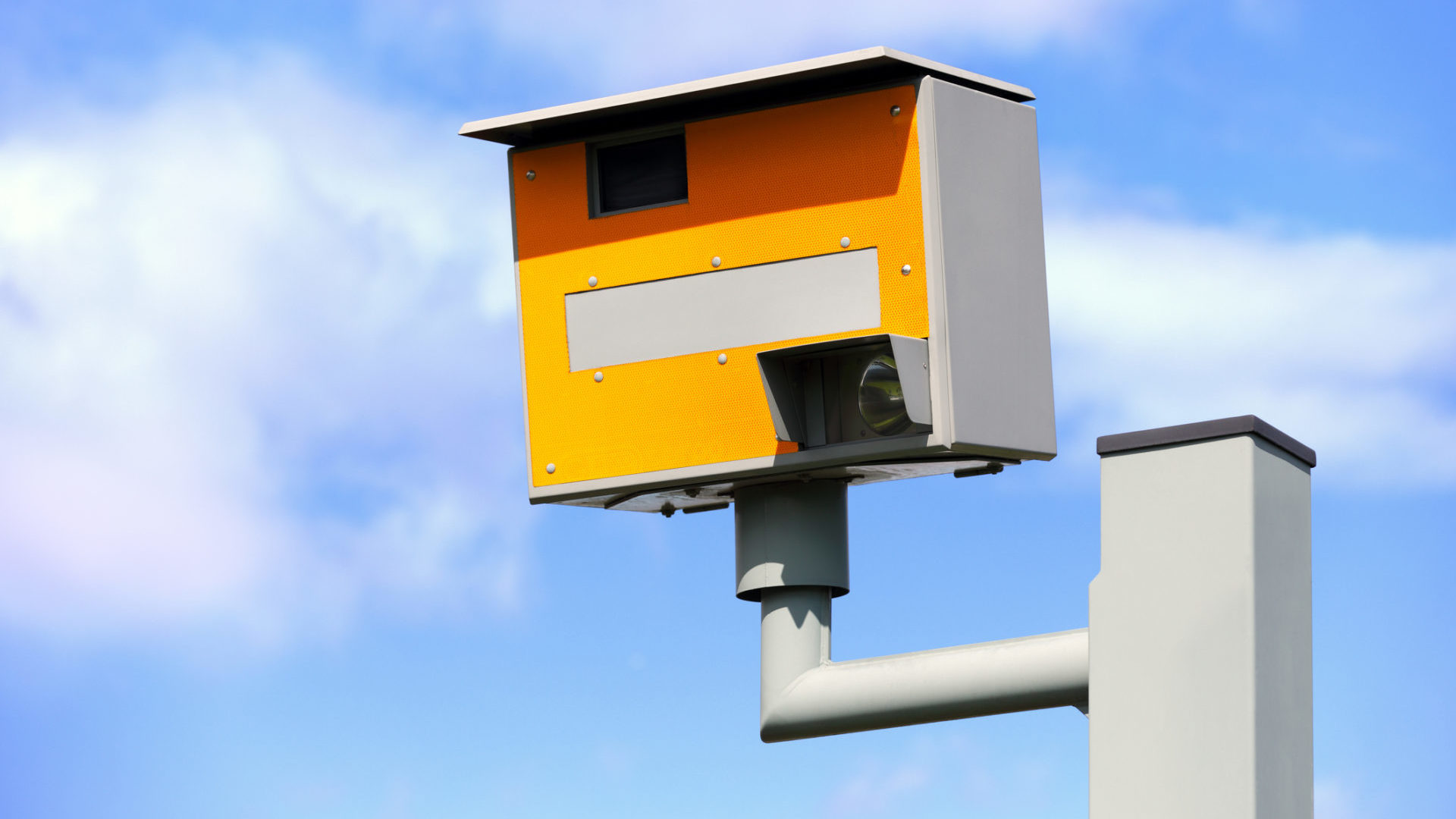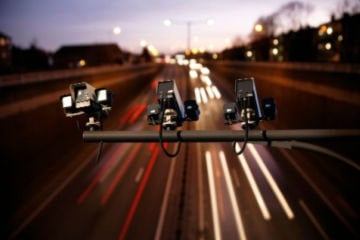- A life ordinary
- Posts
- A life ordinary by Amit Sarkar - Issue #39
A life ordinary by Amit Sarkar - Issue #39
Welcome to another edition of my newsletter.
So after a lot of hiatus, i am back again with an action-packed newsletter.
One of the things I have been focussing on is running to prepare for a Half-Marathon next year. I have been running about 16 kms at a stretch to slowly ramp up to the distance of 21.1 kms by next year. It is all at a steady state heart rate training to ensure I have the endurance. My Parkruns are still at a faster pace to focus on VO2 max training.
I am also planning to get a Vitality health check through my insurance provider and using Will Aid to get a simple Will created in November 2023. This, creating a Trust and having a Power of Attorney has been on my list for a very long time.
We are also planning to go to India in December 2023 to meet our families. I will be seeing them after more than a year so am quite excited.
I have also been using the AI tools regularly now. I have used it for this newsletter as well to help me with content creation. It’s been very helpful. I would urge people to start using some of these tools like ChatGPT, Bard and Claude.
Both Durga Puja and Navaratri are also starting next week. So we have a lot of festive celebrations planned around that to attend.
🤖 How chatbots and LLMs work
I recently saw this video that summarizes how LLMs work. It’s a great starting place to understand this emerging and disruptive technology.
In the video
Mira Murati, CTO at OpenAI
Cristóbal Valenzuela, CEO and co-founder of Runway
Large Language Models (LLMs)
LLMs like ChatGPT are based on large-scale training, not specific tasks.
Trained on vast internet data.
Generate new content, essays, poems, code, and more.
The working principle
LLMs use probabilities to predict text based on previous training data.
Probability tables are created to determine the likelihood of the next letter or word.
Neural networks improve the prediction process by considering longer sequences of text.
The context of the entire sequence enhances prediction accuracy.
ChatGPT's approach
Trains on a wide range of Internet data.
Considers tokens (words, word parts, code) instead of just letters.
Requires human tuning to ensure reasonable and ethical results.
Limitations and Intelligence Debate
Large language models are probabilistic and can make mistakes.
Philosophical debates exist about whether they exhibit true intelligence.
Regardless, large language models have diverse applications in fields like app development, entertainment, and drug discovery.
AI’s impact on society
AI's rapid advancement is transforming society.
Understanding AI technology is crucial for everyone.
AI presents opportunities for creativity and innovation.
Conclusion
Emphasis on exploring AI's potential and its role in shaping the future.
📷 UK Speed cameras
There are various types of speed cameras used in the UK. Here's a summary of each type:
Digital Gatso Speed Cameras
Most commonly used speed camera in the UK.
Uses radar technology and digital cameras to capture speeding violations.
Typically positioned at high-accident hotspots.
Truvelo Combi Speed Cameras
Forward-facing speed cameras.
Take images of the front of vehicles to identify drivers.
Use infrared flash and white lines on the road to measure speed.
Common in Hampshire and Northamptonshire.
Truvelo D-Cam Speed Cameras
Can be installed in a forward or rear-facing configuration.
Detecting speeding drivers using sensors on the road or lasers shown on the road.
No visible flash.
Found in West Yorkshire, Norfolk, and other locations.
SPECS Average Speed Cameras
Measure speed over a set distance.
Use infrared sensors and multiple cameras.
Common on motorways and dual carriageways.
VECTOR Average Speed Cameras
Similar to SPECS cameras.
Enforce various traffic regulations, including speed limits.
Found across the country.
Siemens SafeZone Average Speed Camera
Small and unobtrusive average speed camera.
Measures speed across fixed points.
Seen in London and other places.
SpeedSpike
Another type of average-speed camera.
Measures speed over fixed points and can be linked with multiple cameras.
Found in locations like Hampshire and Bedfordshire.
SpeedCurb Speed Cameras
Captures speeding violations in specific locations.
Uses sensors embedded in the road.
Found on poles above the road.
REDFLEX Speed Cameras
Versatile cameras for single location speed checks and average speed measurement.
Detect speeding and traffic violations.
Used at intersections (REDFLEXred) and on motorways (REDFLEXspeed).
HADECS3 Speed Cameras
Fixed cameras on motorways and major A roads.
Uses radar to detect speed.
Known for their small size and high-up positioning.
Peek Speed Cameras
Fixed, rear-facing speed cameras.
Flash when they detect speeding motorists.
Found in London, Berkshire, and built-up areas.
Mobile Speed Cameras
Can be moved to different locations.
Use radar or laser technology to measure speed.
Deployed in various areas, including motorways and high-risk locations.
These cameras serve different purposes and are used to enforce speed limits and other traffic regulations across the UK.
This is quite a useful article for all drivers in the UK especially if they want to be aware of the various types of speed cameras.
The below article highlights some of the tolerances allowed by the UK police forces based on a survey.
Most police forces have a tolerance of 10% plus 2 mph above the limit before a speed camera ‘flashes’. So on a 30 mph road, a camera wouldn’t normally activate unless a car drove past at 35 mph or faster. On a 70 mph stretch of motorway, the threshold would go up to 79 mph.
🎙️ Centenarian Decathlon
Recently I heard a podcast in which Peter Attia and Dr. Rangan Chatterjee discuss strategies for improving longevity and healthspan. Thanks to my wife for recommending this one. We keep recommending podcasts we like to each other 😃.
Peter explains a concept that he calls the Centenarian Decathlon – a novel, but specific way of thinking about the various forms of movement we might require IF we want to be strong, fit and active in our later years.
Like all decathletes, he explains, you need to be a good generalist. That means having high peak cardiorespiratory fitness (VO2 max), a wide aerobic base (Zone 2 cardio), functional strength (7 basic movements) and good levels of stability/balance. He explains in detail why each of those metrics is important and how exactly we can start improving them.
They discussed the decline in VO2 max that occurs with aging, and how you need high fitness when young to have buffer room later. They gave the example of a 30-minute 5K pace declining to barely being able to walk up a hill by age 75.

Source - VO2 Max graph from Outlive: The Science and Art of Longevity by Dr Peter Attia
The centenarian decathlon: a set of specific events or activities that individuals train for to ensure a remarkable marginal decade in their life
The marginal decade: the last decade of a person’s life, characterized by a decline in physical and cognitive health and a potential withdrawal from active participation in life
Pick up a 30-pound child from a squatted position or a crib
Get up off the floor with one point of support
Place a 30-pound suitcase overhead
Dead hang for 30 seconds
Farmer’s walk for one minute with 25% of body weight in each hand
Pull or push a weighted sled 100 feet
Walk up and down stairs with feet pointed perfectly forward
Single-leg stand with eyes open for 30 seconds, with eyes closed for 15 seconds
Get up without support from a seated position
Hex bar deadlift body weight for five reps
Dumbbell lunge in perfect form with 15% of body weight in each hand for 10 reps
Cover three miles in one hour by foot
Carry 20 pounds up four flights of stairs
Achieve a VO2 max above 30 milliliters per minute per kilogram
Tread water for 10 minutes
Scale a ledge at shoulder height or pull oneself out of a pool onto a deck 12 inches above the water surface
Perform single-leg glute bridge for 15 reps without loading the lumbar spine
Hold a plank in perfect form with scapular retracted and no hip sag for one minute
Emotional health is not included in the centenarian decathlon as it is the one aspect of health that can actually improve with age.
❤️ Things I enjoyed
This section has been inspired by Ali Abdaal’s wonderful newsletter.
🎬 Video - Created my first video using Runway’s Text to Video Gen-2 model.
📝 Article - 13 Pieces of Strava Art That Made Us... Wow shows how people draw things on the map using a GPS device by running, cycling, walking, hiking, etc.
📱 App - I have recently been using Relive to create nice videos using my running and cycling GPS data drawing movements on maps.
💬 Quote - I really think that we could be entering a third epoch of computing. The microchip brought the marginal cost of compute to 0. The internet brought the marginal cost of distribution to 0. These large models actually bring the marginal cost of creation to 0. - Martin Casado, a16z
📺 TV show - Live to 100: Secrets of the Blue Zones is a fascinating series about longevity and why there are certain places in the world that have an above-average number of centenarians.
🌐 Website - Inch Calculator is one of the largest and most trusted sites for calculations in math & science education, construction planning, electrical engineering, health & fitness, finance, automotive, and several other fields.
Thank you so much once again for reading my newsletter this week. Please feel free to Buy me a coffee if you are enjoying what I am sharing.
If you want to follow me around the internet, then please do so here.
Until we meet again next week, create content, learn about AI, run a few kms and watch some amazing movies.


Reply